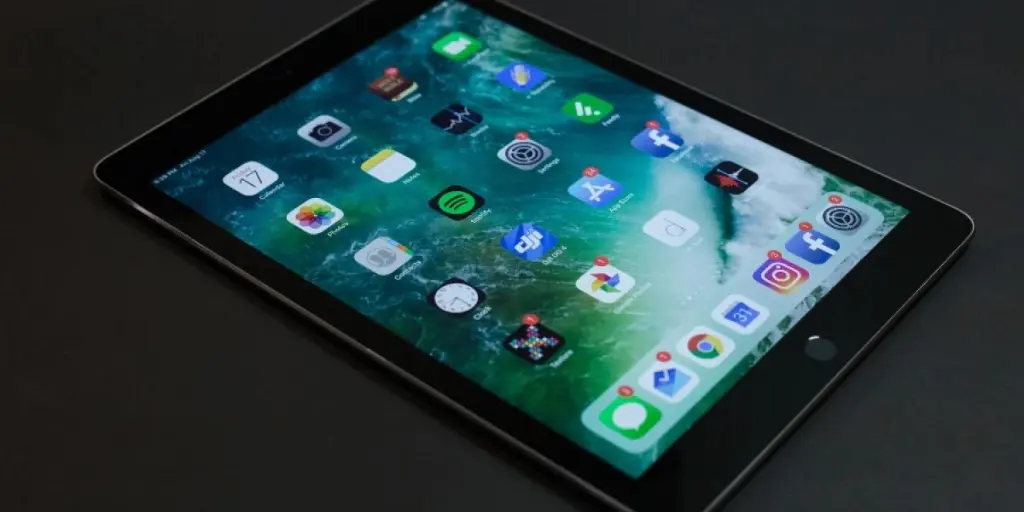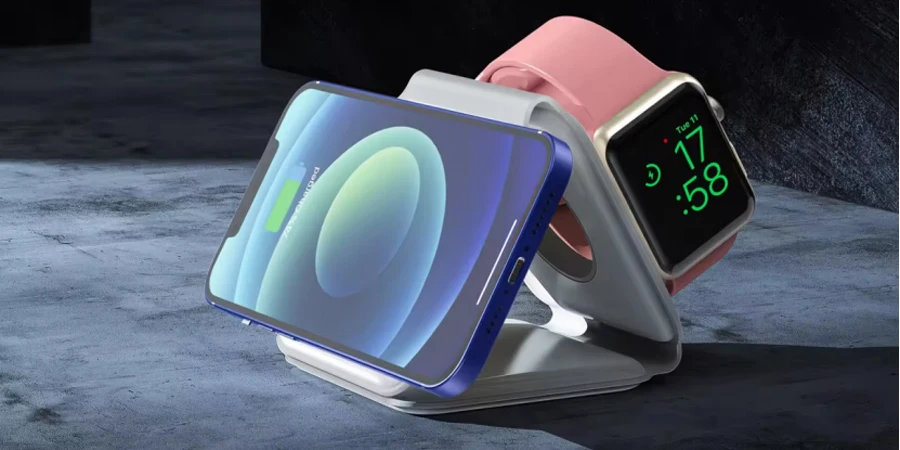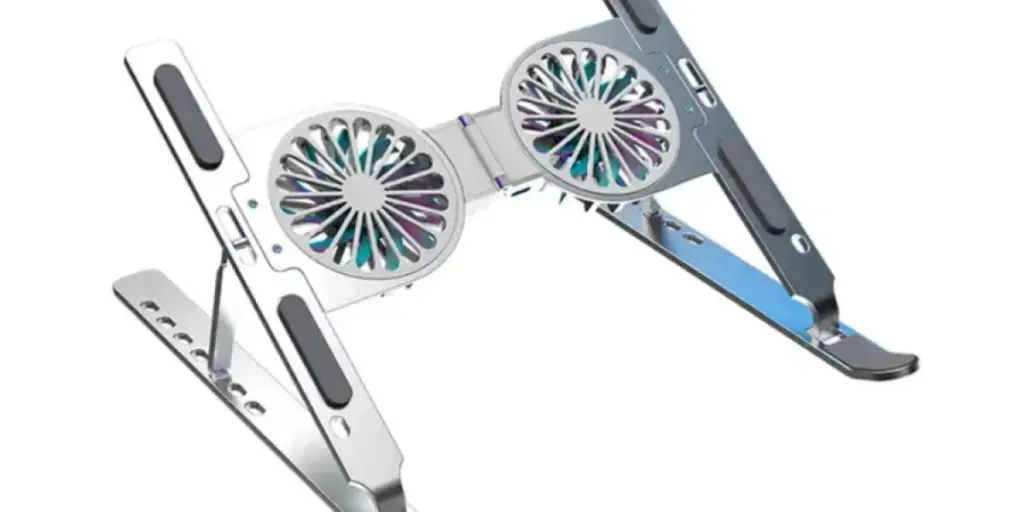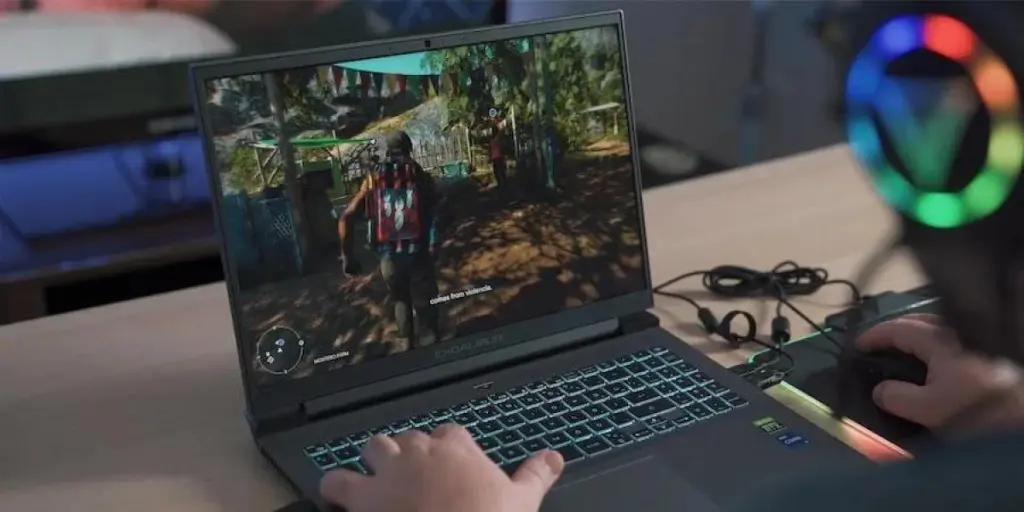In between a laptop and a smartphone is a tablet PC, as it offers the best of both worlds in terms of its size and functionality. Whether users want to send an email, surf the internet, play games, or work while on the go, tablet PCs will do the job.
However, a problem may arise when picking the best option for consumers. This guide provides an in-depth look into 6 tips to help businesses find reliable tablet PCs.
Table of Contents
Market overview
Tips for choosing the right tablet PC
Types of tablets
Conclusion
Market overview
According to business experts, the global tablet PC market hit US$ 1.5 billion in 2022, and the figures are expected to take an uptrend and rise to US$ 3.1 billion by 2031. They estimate the market will experience a CAGR of 8.1% from 2023 to 2031.
The causes of substantial growth of the global tablet PC market erupt from the need to use the devices for e-learning and entertainment. The large screen feature is also driving tablet sales to users who want a mobile phone’s alternative for playing games, consuming video content, or reading.
High-quality products are also flooding the market with reasonable prices, raising a huge demand for tablet PCs. For example, LED display tablets that were normally more expensive than models with LCD screens are now cost-friendly. LED technology improves user experience when interacting with the tablet.
Additionally, the surge of e-commerce stores worldwide has made these handheld gadgets from different brands to be easily obtainable. Businesses should thus source the right tablets for their buyers and they can do that by considering the tips discussed below.
Tips for choosing the right tablet PC
Battery life
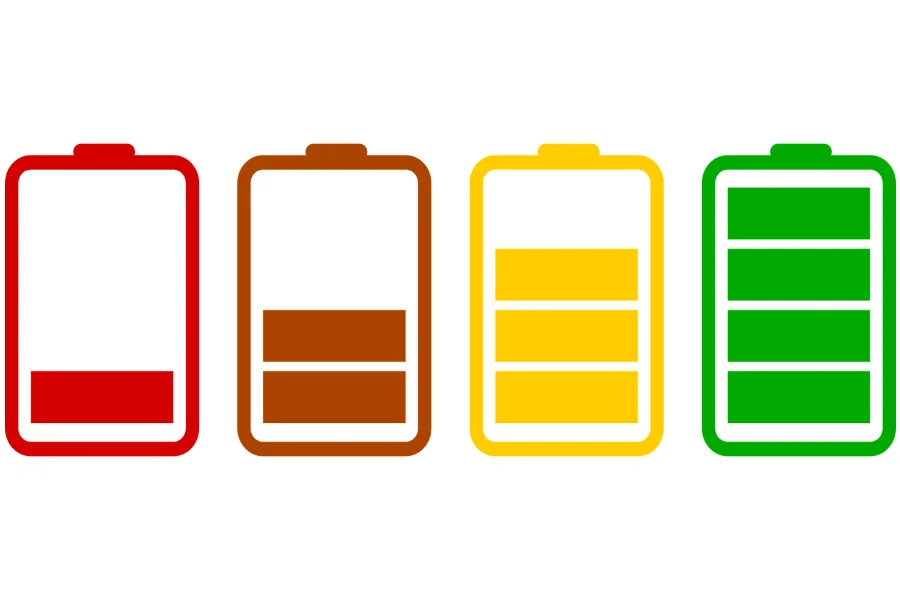
One of the most crucial factors to consider when buying a tablet is the longevity of its battery. Since tablet PCs are devices consumers can carry from point to point, the devices should at least last a day after a single full charge. Most tablets today last between 8 to 13 hours when fully charged.
Nevertheless, some activities may cause the battery to deplete at different rates. Take the example of continuous gaming versus scrolling through web browsers. The former will consume the battery life faster than the latter. Tablets like the iPad Pro and Galaxy Tab S series provide more than 14 hours of battery life after a single charge. Others, like the Lenovo Tab series, have up to 10 hours of battery longevity.
Therefore, it is advisable that businesses source tablets with a battery capacity of at least 10 hours or more. A model with a 5000mAh battery would still be appropriate as it is enough to perform a couple of day-to-day tasks.
Detachable keyboard

Another aspect to consider when tablet shopping is whether they come with accessories like detachable keyboards. The removable keyboard provides the functionality of desktop computers. It helps users type emails and other documents using the additional keys.
The feature is provided by most manufacturers in the market. Tablets are no longer the devices that were meant for media consumption, as today, they allow for functionality and general use.
Hence, sellers can provide consumers with a tablet PC that doubles down as a laptop by offering models that incorporate these accessories. This boosts the interactivity and ease of use of the tablets.
Types of display
Paying close attention to the type of display is highly rewarding when picking the ultimate tablet PC. This comes down to the screen display size as most tablet devices have 7 inches of screen display size and may extend up to 13.
For consumers that love iPads, the models have standard 10-inch screens and smaller iPads (iPad mini). Most Android models’ screen sizes have their starting points at 7 inches. Even though 7 inches may be small and feel like a smartphone, a 10-inch tablet may feel too huge to hold for a long time.
Here, it depends on what size the consumer prefers. Having a variety will, however, be suitable for businesses as their customers can choose what display size works best for them.
The screen resolution should also be factored in. Entry-level tablets provide 800 pixels, which is quite low for today’s color quality standards. Sellers should, thus, provide their buyers with options that give them a remarkable experience, like 1080-pixel color displays and up.
Type of processor
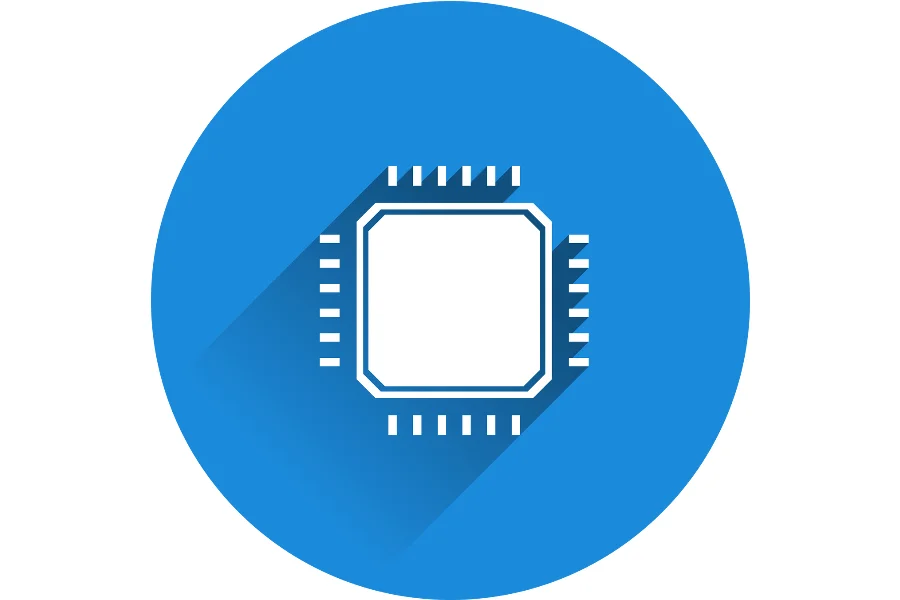
The processor is simply the tablet’s CPU, which determines the device’s speed and what kinds of applications it can run.
Manufacturers use different types of processors on their tablets. For instance, Microsoft uses Nvidia or Intel processors, while most tablets with Android operating systems use Snapdragon. Even though the processor type may not be that important, the number of cores and speed it has will matter.
Consumers can find new models with dual-core (2 cores), quad-core (4 cores), hexa-core (6 cores), octa-core (8 cores), or deca-core processors (10 cores). Additionally, tablets having processing speeds of 1.6GHz and above are quite reliable.
Buyers may have to dig deep into their pockets if buying a model with a faster processor or featuring multiple cores. This will depend on the intended use of the tablet PC.
Customers looking for a light-use tablet for activities like reading may not necessarily need a quad-core tablet. Conversely, a single-core processor is unsuitable for a graphic designer.
Connectivity and networking options
Buyers should ask about connectivity and networking options when buying a PC tablet. This is because tablet operating systems work similarly to mobile phones; thus, connecting to the internet is crucial.
Users commonly find tablets with Wi-Fi and cellular connectivity or wireless only. Businesses should provide their consumers with Wi-Fi tablets, but which Wi-Fi connection is ideal? The tablets should have 802.11n and support 2.4 and 5GHz bands.
Regarding cellular connection, best-value tablets should allow a cellular network option; where Wi-Fi is unavailable, there can be internet access. It should also provide a Bluetooth connection for peer-to-peer file sharing or pairing to other devices like speakers to play music.
Storage space
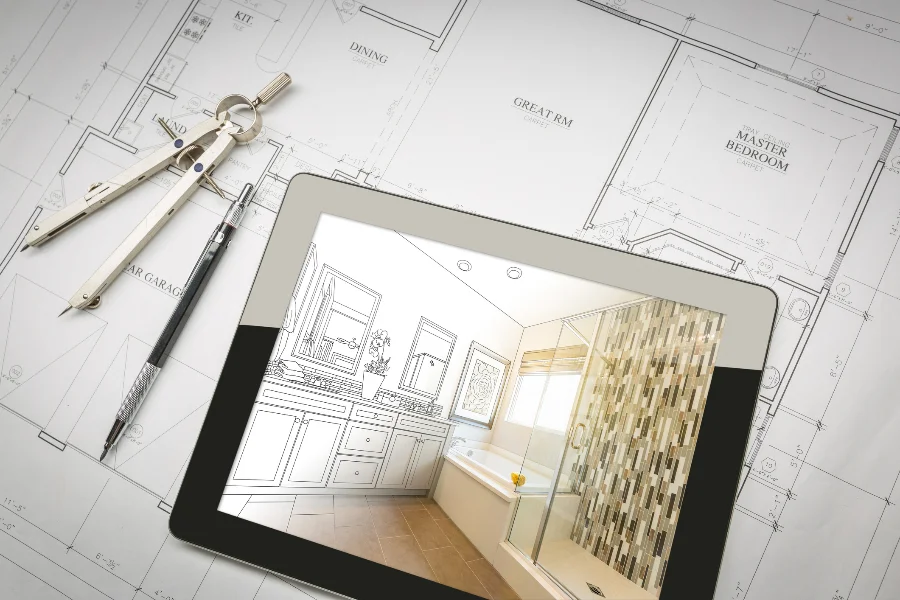
The last point to note while picking an appropriate tablet PC is storage. Tablets use SSD storage and their capacity may be quite low when compared to larger bulkier laptops.
Depending on the intended use, customers may want a tablet with enough space. The good thing is the storage space typically ranges between 8GB and 256 GB. Some models like the iPad Pro 11 provide more storage (up to 2TB). Consumers also use their tablets in different ways. Those who use the devices for heavy work like gaming and graphic design, or plan to save their huge files offline, can consider 256GB or more. For offline or online reading using web browsers, an 8GB tablet is enough. Buyers who want large storage space but are on a tight budget should consider expandability.
Types of tablets
Convertible tablet
This is a tablet that features the physical elements of both a tablet and a personal computer. It includes a keyboard, external ports, and a hinged screen that can turn 360 degrees.
Pros
– It is portable.
– It is convenient when making presentations in front of an audience.
– It is useful for content production in laptop mode.
Cons
– It is often more expensive than an ordinary laptop due to the extra mechanism required for the rotating screen.
Hybrid tablet
A hybrid tablet incorporates the characteristics of a tablet and a laptop, but most importantly, its keyboard is detachable.
Pros
– It is cheaper than buying two devices.
– Most options have larger screens than a tablet.
Cons
– In some models, consumers have to buy the keyboard separately.
Rugged tablets
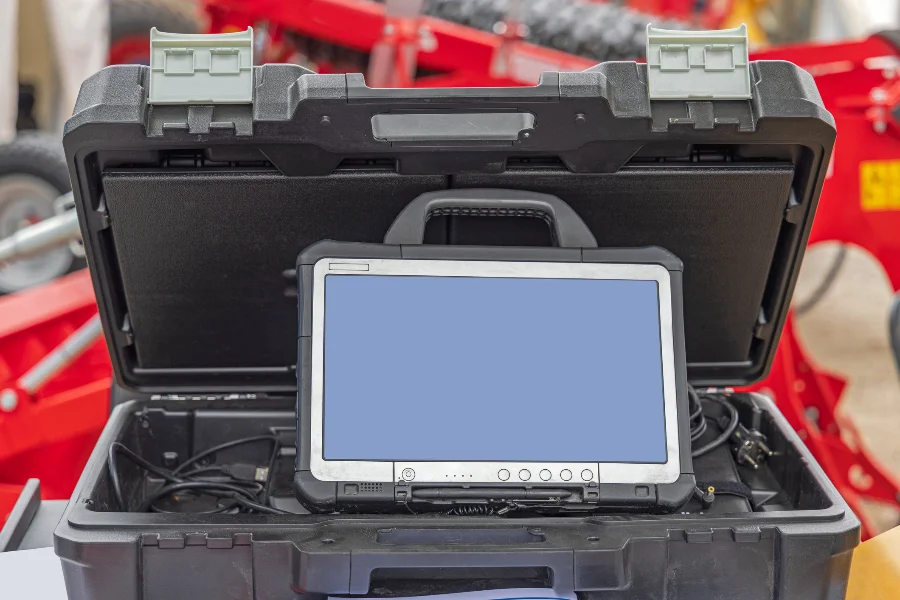
This is an industrial device in a tablet form that can withstand extreme temperatures, moisture, debris, drops, and shocks. This means that the delicate components inside the tablet are safe from any damage. Often, these devices hold a military-grade certification.
Pros
– It can function either as a mobile or fixed-mount solution.
– It has fewer chances of failure.
– It is highly versatile.
– Most options support both pen and touch.
Cons
– Even though they are rugged, screen protection is not a guarantee.
– There is no keyboard for extensive info input.
Conclusion
This guide has discussed the factors to keep in mind when shopping for a new tablet PC. From the battery life and type of processor to the display size and connectivity options, businesses should find it wise to source products relevant to their buyers. Sellers can, also, remember to stock a wide range of tablet PCs that cater to different consumer needs.
